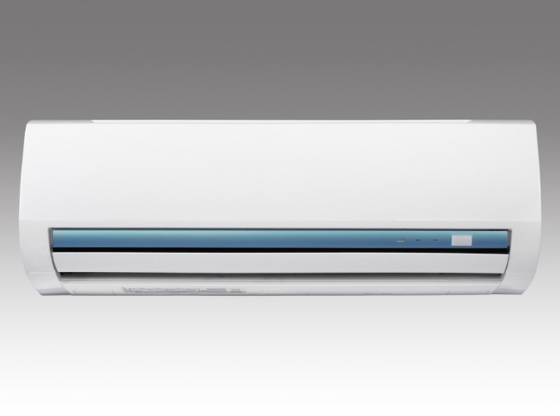If you ever look in your closet and struggle with choosing your outfit for the day based on wishing you knew more about the various materials to select from, you’re not alone. Many people wonder what the best fabric would be for any given occasion. Without this kind of information you might end up overheating, feeling a chill, or wishing you’d worn a material with more stretch.
The simple solution is to become more informed about the different fabrics you own so you can always choose the right garment for your day. Let’s look at a material you probably have in your closet without knowing it: french terry.
What is French Terry Fabric?
Because it first gained popularity as a versatile material in the 1980s, there are high chances you have worn french terry before, maybe even on a regular basis. Without even knowing what it was, you’ve probably gravitated to the soft, warm, and stretchy fabric.
French terry is made with a single knit weave, which means it’s lighter than some other knits, but the exact weight depends on what material your french terry is woven from. The most common form of french terry is cotton based, although soy is sometimes the base layer as well. This knit can also be created from degrees of rayon, spandex, polyester, or lycra, all lightweight fabrics.
French terry is well loved for its comfortable qualities; not only is it incredibly soft, it’s also fairly moisture wicking (meaning that your sweat is absorbed) and breathable.
How Can I Recognize French Terry?
One of the signature tells of french terry is that the inside and outside look different. Because french terry is woven as a single knit material, one side shows loops (with a smooth, flat appearance) while the other side (the one facing inwards and touching the body) shows more textured yarn piles.
French terry is a midweight material; it’s not as thick and heavy against the skin as a traditional sweatshirt material like fleece, but still keeps the wearer warm. Because it is lighter, it has more options for how and when you might wear it.
What is French Terry Fabric Most Commonly Used for?
French terry is best worn as loungewear because of how soft and cozy it is, or for light workouts. Due to its breathability and moisture wicking abilities mentioned above, it suits a very specific exercise need: this material is perfect for walking or hiking, for some gentle yoga or pilates, or for any other mild to moderate workout. You’ll be comfortable moving in french terry.
Additionally, it makes for great casual wear if you want comfort when running errands or hanging out with your friends. You can also use it for layering, such as when commuting to or from your workout or over a fabric that doesn’t hold heat.
Still not entirely clear on how to spot french terry? Picture an activewear sweatshirt—not too heavy but soft inside and perfect for layering over a t-shirt. It has the appearance and feel of a warm material that is more breathable than a traditional heavy hoodie. If you encounter a garment like this in the store, chances are that you’re looking at french terry.
Benefits of French Terry Fabric
As great as french terry sounds for lounging and exercising, there are additional benefits to wearing this material.
It’s Super Stretchy
French terry is an extremely flexible fabric that is designed to move with your body. You know the expression about how your clothes should fit you, and not the other way around? French terry material has got this covered—you have full control to move or lounge as you please and your clothes will follow your lead.
It’s Durable
Because french terry is so good at moving with the body, it is also durable; you don’t have to worry about rips or tears, because knits like terry are meant to stretch and pull without incident. You can also rest easy about fraying, since unhemmed edges simply roll upwards with knits. Additionally, washing instructions couldn’t be any simpler—there are no special wash or dry instructions for french terry and it won’t come out of the dryer wrinkled.
Which Materials Are Similar?
Although you know how to identify french terry now, it’s still easy to get confused when distinguishing between terry and similar knit fabrics. Here are a few common dopplegangers:
Fleece: While close in appearance, fleece is essentially heavier and less moisture wicking. It’s also not a material you’d want to wear to workout.
Jersey: Jersey is slightly thinner and stretchier than fleece, so it is less like cozy loungewear and more of a movement-based material.
Towel Terry: You can distinguish towel terry because both sides of this material look the same with longer loops. It is super absorbent and often used for cleaning cloths and towels more than for clothing.
Terry Velour: It also has one flat and one textured side but the flat side appears almost like velvet due to its smooth and luxurious feel.
While these materials have their similarities, french terry is unique from all of them.
Takeaway
French terry is a great choice of material for lounging or getting out and about; its versatility makes it perfect to wear during multiple seasons and for a wide range of plans. Next time you wear french terry, you’ll notice!











